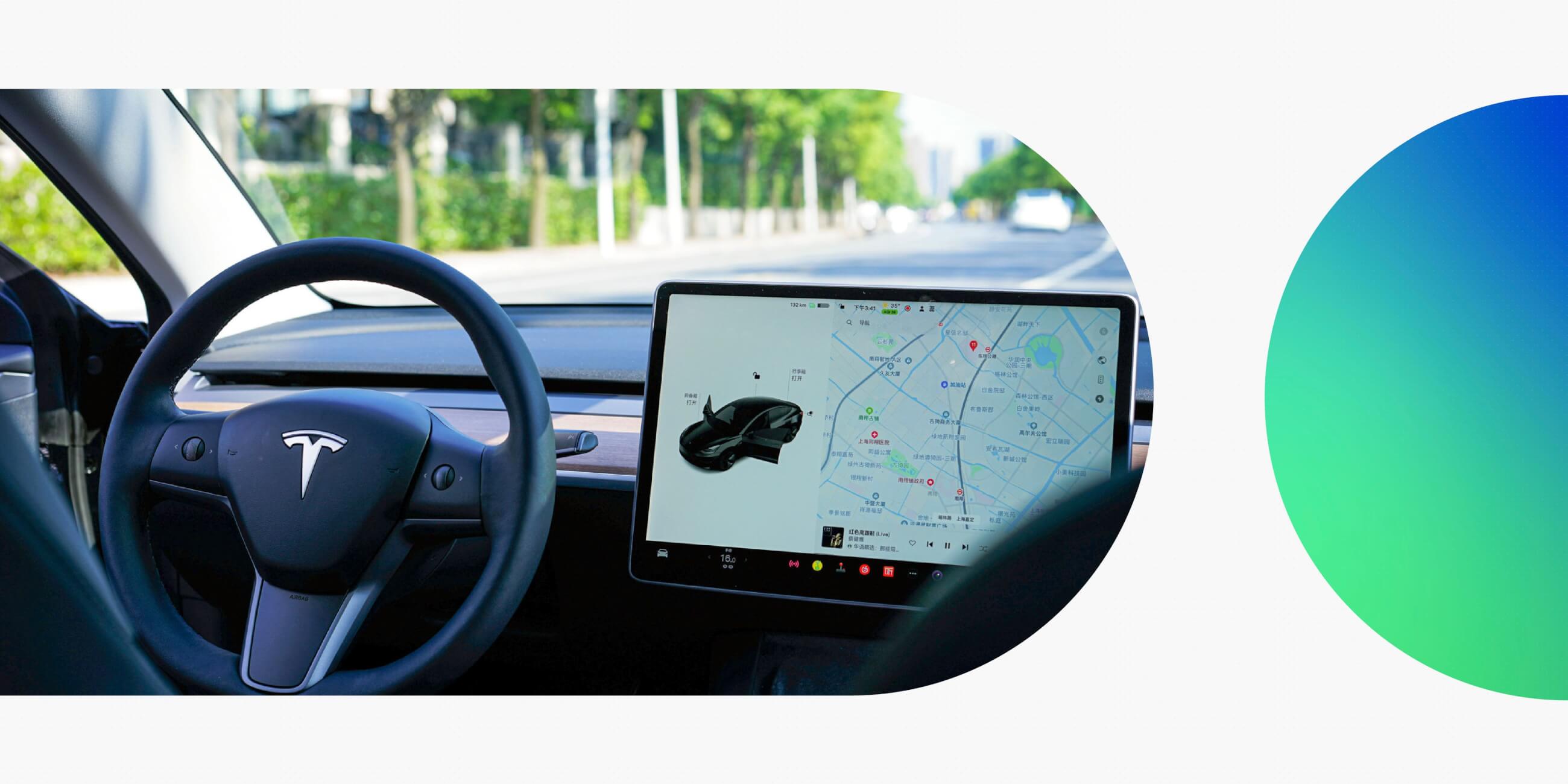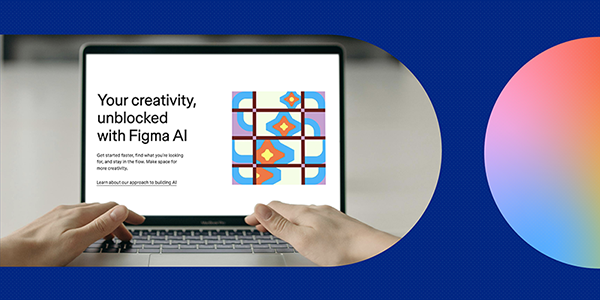Wall Street bets big on the future of design
These have been anxious times for the design community. The job market is tight, and the looming, lurking presence of AI has created a sense of existential doubt, particularly for those just starting out.
Yet, while designers are feeling gloomy, Wall Street has been celebrating Figma’s blockbuster IPO, which paints a much more positive picture of the future of design.
The value of design
Figma’s IPO on August 1st was a roaring success. Its share price tripled on the first day of trading, valuing the company at almost $68 billion. By the end of the day it had settled down to a more modest $47 billion, but still far ahead of the expected valuation of $19 billion.
Why were investors so impressed?
The starting point was Figma’s strong financial performance. Revenue of $749 million in 2024 was up 48% on the previous year. Similar growth levels (46%) were seen in Q1 2025. Throw in profits of $45m in Q1, and these are numbers investors love.
But Wall Street isn’t just buying Figma’s past performance. It’s also buying its future growth, and in doing so is making a confident bet on the future of design.
Specifically, investors believe in co-founder Dylan Field’s core thesis: that in an increasingly crowded world of new apps, design is the differentiating factor. He believes AI will accelerate this trend, driving a “proliferation of interfaces” that will need to be designed by human hands. This, rather than mere AI hype, is the future growth engine that the market is banking on.
Here’s what he said in his letter to investors:
In the Internet boom of the late 90’s, the ethos was ‘build it and they will come’. Today, this couldn’t be further from the truth, it’s easier than ever to create an MVP. It used to be that design was an afterthought. Now design…is how you win or lose.
This should be music to the ears of any designers worried about the future of UX.
The AI Transformation
Yes, AI will change how we work, making designers more productive. But that doesn’t mean there will be less need for designers. Instead, AI will create more work. This will drive demand for more designers (and more customers for Figma).
Wall Street is making a long-term bet that AI will bring more people into the design process, rather than making designers redundant.
It’s not just a vote of confidence in Figma’s product; it’s a vote of confidence in the growth of the entire industry. As the design industry grows, so too does the addressable market for Figma’s tools. AI will create more digital products that will need to be designed, thus driving the growth of the design profession and, by extension, the tools that power it.
But won’t AI reduce the need for interfaces?
Not according to Field (or to anybody else who’s thought about it for long enough).
In an intriguing passage in his letter, Field said he believes we are in the “MS-DOS era for AI,” with the prompt serving as the initial interface.
(For those unfamiliar, MS-DOS was a primitive, text-based operating system on the first PCs where you had to type arcane commands to make anything happen. The modern graphical user interface (GUI) popularised by Steve Jobs and Apple, with its icons and menus, was a revolutionary leap that made computers more accessible to everyone).
Similarly, the current prompt-based interfaces are seen by Field as just the beginning but not the future of AI products.
It will be up to designers to “surface the capabilities of AI through exceptional design.”
Therefore the value of a designer who can translate complex technology into something simple, usable and enjoyable will become more critical than ever.
None of this is meant to downplay the current difficulties in the market. They are real and frustrating. However, it does offer a positive counter narrative to the prevailing doom and gloom.
The message from the market is clear: the future of design is not about fewer designers, but about more design. Let’s look forward to it.
Learn more
If you enjoyed this article and want to explore more about the future of design, start here:
- How to design for AI-first products
- How to design experiences for AI agents: a practical step-by-step guide
- How to make the most of Figma AI: the best features, functions and plugins




